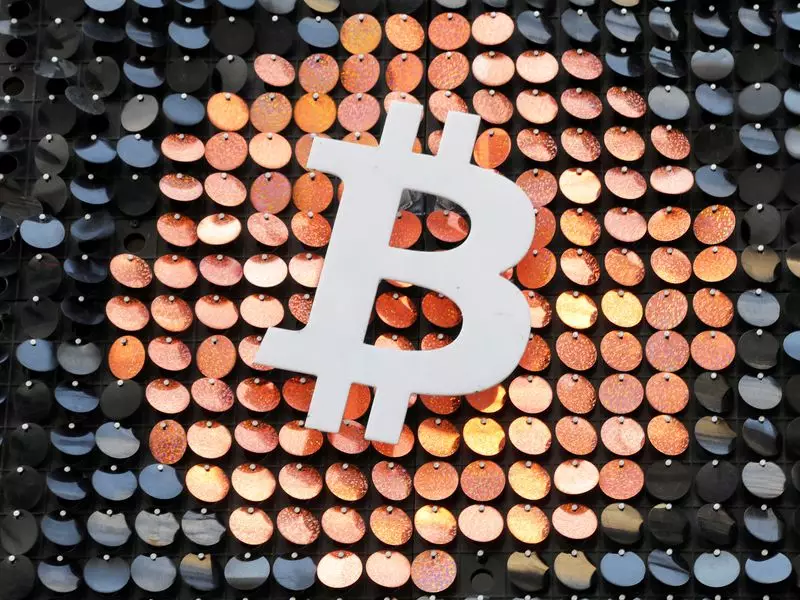The price of Bitcoin experienced a significant decline on Wednesday, continuing a downtrend from the previous session. This decline can be attributed to a general lack of risk appetite among investors due to the anticipation of the Federal Reserve meeting and key inflation data. In the past 24 hours, the world’s largest cryptocurrency fell by 0.8% to $67,372.3, after dropping as low as $66,000 on Tuesday. The erratic behavior of Bitcoin in recent sessions, with price swings ranging from $66,000 to $72,000, reflects the uncertainty and apprehension surrounding the cryptocurrency market.
High interest rates have historically posed challenges for risk-driven assets like cryptocurrencies. The looming possibility of rate hikes creates a less favorable environment for investors seeking high returns through crypto investments. It forces traders to reconsider their portfolios and shift towards assets that are more resilient to interest rate fluctuations, such as the US dollar. This trend was evident this week as traders moved away from Bitcoin and other cryptocurrencies, which contributed to the downward pressure on prices.
Speculation regarding the Federal Reserve’s stance on interest rates following the two-day meeting heightened market volatility. While the consensus was for rates to remain unchanged, there were concerns about a potentially hawkish outlook from the central bank. Persistent issues surrounding inflation and a strong labor market suggested a more proactive approach from the Fed, which added to market uncertainties. The release of key consumer price index data on Wednesday is expected to validate these concerns and could have a further impact on asset prices.
The ripple effect of the Federal Reserve meeting was not limited to Bitcoin, as major altcoins also experienced a pullback on Wednesday. Ether, the second-largest cryptocurrency, saw a decline of over 1% to $3,511.91, erasing gains made in May. Other prominent altcoins like ADA, XRP, and SOL also registered losses ranging from 1.2% to 2.5%. Meme tokens like DOGE and SHIB followed a similar trajectory, shedding value amidst cooling sentiment towards meme stocks. The correlation between meme tokens and meme stocks was evident as both faced selling pressure in response to the renewed focus on traditional assets.
The outcome of the Federal Reserve meeting and the subsequent market reaction underscore the interconnectedness between traditional financial systems and the cryptocurrency market. The impact of interest rates on crypto assets highlights the need for investors to closely monitor macroeconomic factors when making investment decisions in this volatile market. As regulatory scrutiny and macroeconomic events continue to shape the future of cryptocurrencies, market participants must remain vigilant and adaptive to navigate through the uncertainties ahead.

